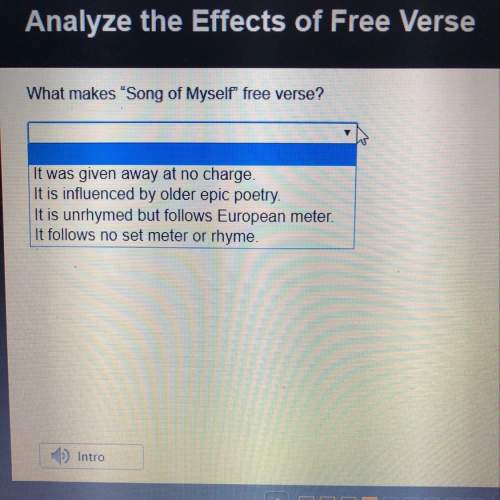
(i don't want to get it wrong and just want to know for sure) match the term with its definition. this kind of language usually has longer sentences and a greater variety of words than everyday speech. slang, contractions, and jargon are avoided. usually found in a dictionary, this tells you the meaning of a word or phrase this is what people use in everyday speech. it usually consists of fairly short sentences and simple vocabulary. it is called speech or language. this is another way of saying "diction." this can reveal a) the tone of the work, b) connotations of meaning, and/or c) his style of writing. these are in the text surrounding a word and give hints for the meaning of the word. they are called when we find the meaning of a word (or phrase) by looking at the words and sentences around it, we are using clues. this is the ordinary, usual, or exact meaning of words, phrases, or passages. no figurative language or interpretation is involved. this is the writer's choice of words, including the vocabulary used, the appropriateness of the words, and the vividness of the language. 1. context 2. context clues 3. definition 4. diction 5. formal language 6. informal 7. literal meaning 8. word choice

Answers: 1
Other questions on the subject: English




English, 22.06.2019 08:40, alexandroperez13
Read the passage from sugar changed the world. but it is in india, where it was used as an offering in religious and magical ceremonies, that we have the first written record of sugar. long before the first pyramids were built in egypt, the ancient sumerians traded with the people of harappa and mohenjo daro, who lived along the indus river. unfortunately, we are still not able to read the writings left behind from those ancient cities. so the first documents telling us about life in that region come from a much later period. these hindu sacred teachings were probably first gathered together sometime between 1500 and 900 b. c., and were carefully memorized. only hundreds of years later were they finally written down. the hindu writings tell us of a religion in which fire was extremely important. people believed that the gods gave fire to human beings. yet fire was also a way for humans to reach the gods. by placing offerings in a special fire, a priest could turn them into smoke and send them on to the gods. five ingredients were selected for this special burning: milk, cheese, butter, honey, and sugar cane. which details would best fit in a summary of this passage? select two options. "in india . . it was used as an offering in religious and magical ceremonies" "the first written record of sugar" "long before the first pyramids were built in egypt" "gods gave fire to human beings" "a priest could turn them into smoke and send them on to the gods"
Answers: 2
Do you know the correct answer?
(i don't want to get it wrong and just want to know for sure) match the term with its definition. th...
Questions in other subjects:


Mathematics, 06.11.2020 09:00

History, 06.11.2020 09:00

English, 06.11.2020 09:10


History, 06.11.2020 09:10

Mathematics, 06.11.2020 09:10



Mathematics, 06.11.2020 09:10








